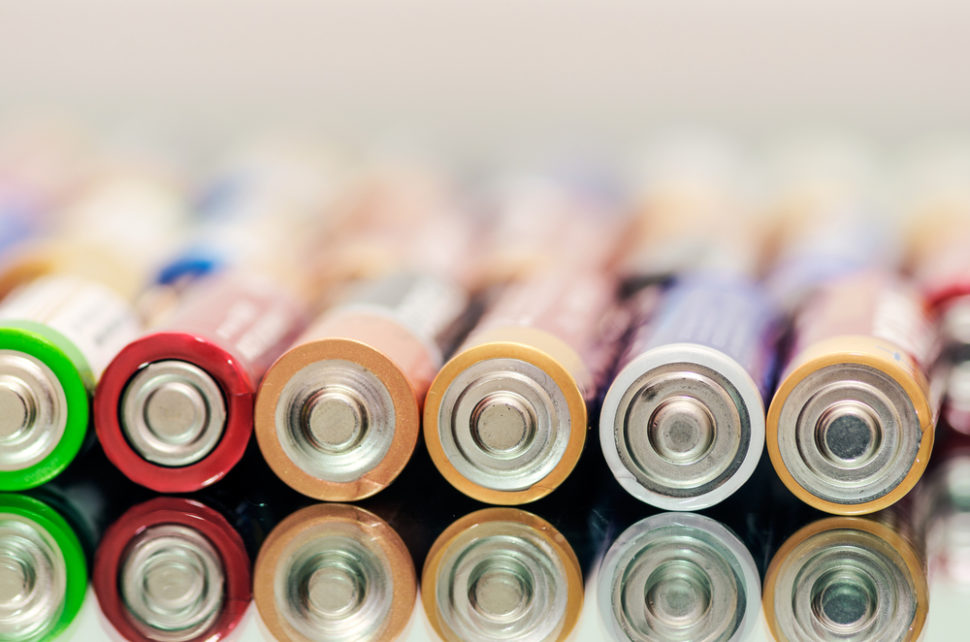Researchers at the Argonne National Laboratory are turning to machine learning and artificial intelligence to build better batteries.
Designing an efficient molecular building block for the battery component is like baking a new kind of cake.
Billions of potential ingredients exist, and it’s challenging to determine which elements work best together. Even with state-of-the-art supercomputers, it was still challenging to identify the chemical properties of every molecule that could prove to be the basis of the next-gen battery material.
As such, it became necessary to find other ways to accelerate the process of battery discovery. And that’s where machine learning comes in.
In a statement, Argonne chemist, Rajeev Assary said:
“If we are going to use a molecule for energy storage applications, we need to know properties like its stability, and we can use this machine learning to predict properties of bigger molecules more accurately.”
A Machine Learning Algorithm To Study Chemical Interactions
First, the researchers created a database of organic molecules that could serve as the basis of the battery electrolyte.
They used a computationally intensive model called G4MP2 to collect about 133,000 small organic molecules. Using this small collection and machine learning, the team could analyze 166 billion larger molecules as electrolyte candidates.
ML provided a convenient way to study the relationship between the atoms in large molecules and their neighbors.
By studying how the known small organic molecules bonded and interacted, the researchers had a better understanding of the larger organic molecules. As a result, they could also make reasonably accurate predictions.
Assary noted:
“This will help us to make predictions about the energies of these larger molecules or the differences between the low- and high-accuracy calculations.”
The research could serve as a framework for creating the next generation battery material. In the end, it could help develop safe batteries that’ll last longer.



















Comments (0)
Most Recent